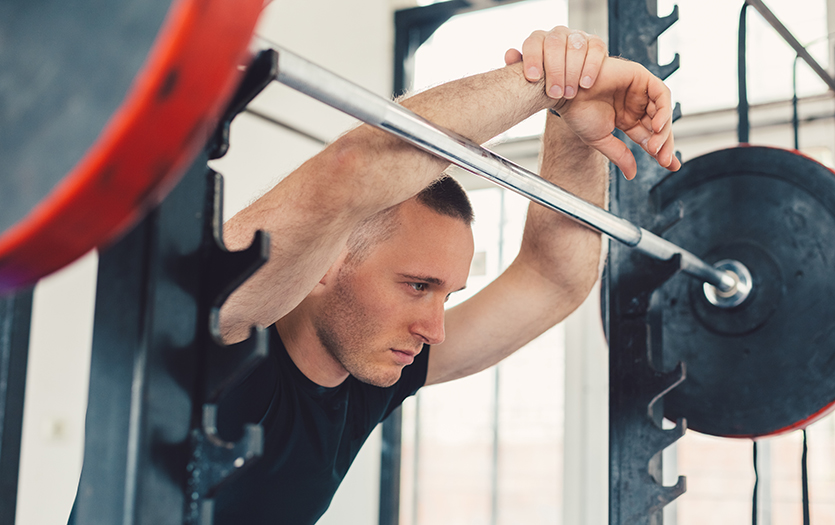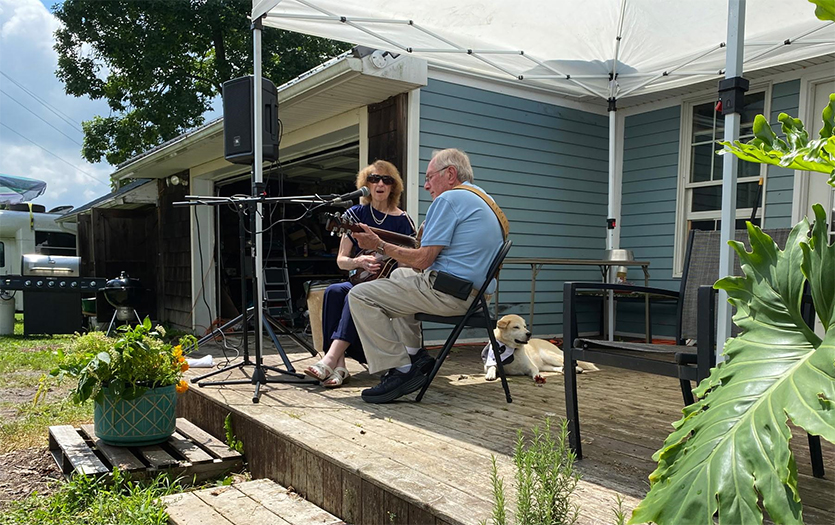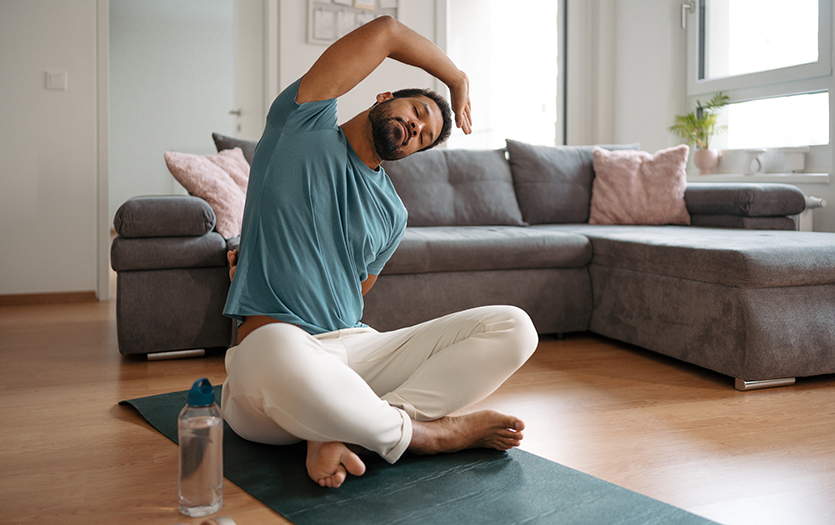Zach Nagel, lead human performance specialist, Parkview Sports Medicine, takes us through the do’s and don’ts of performing squatting exercises.
Do: Get low
One of the most common mistakes people make is not squatting low enough. When we squat, we want our hips to be at least parallel to our knees, if not lower. If we're squatting too high or we're not getting that depth, we increase the stress on our knees. Squatting low puts all the stress on our hips and down in the bigger muscles in our legs that support our body, which is ideal.
Don’t: Let your knees collapse
The second thing we want to avoid is letting our knees collapse in when we squat. Ideally, our knees should be in line with our toes or a little bit wider. When we squat down and our knees collapse in, it puts a lot of stress on the lateral portions, as well as the ligaments and tendons on the insides of our knees.
Do: Keep your heels on the ground
The last thing you want to avoid is letting your heels raise up when you squat. In a perfect world, our toes, midfoot and heels should all always be flat or in contact with the ground. If we let our heels rise up off the ground as we squat down, it shifts our weight forward, increasing the stress in our knees, loading the tendons and ligaments even greater.
So, remember, when we squat low, we want our hips to get at least as low as our knees. Knees should be in line with our toes or a little bit wider, and our heels should remain flat to the ground.
To learn more about Parkview Sports Medicine Performance Training, visit us here.



